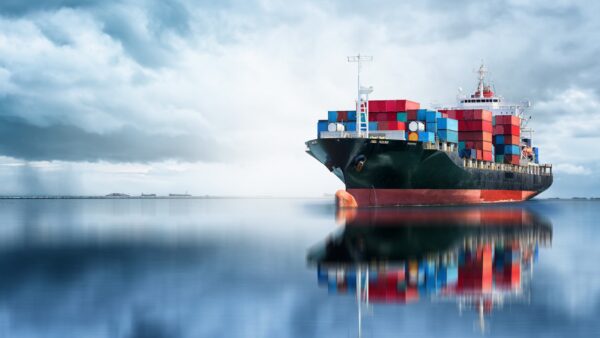When ships dock their cargo at a port, they must take on vast amounts of sea water to maintain their stability – ballast water – which is then dumped at the next destination when cargo is loaded onto the ship. While this is a standard practice within marine transportation, we now know that ballast water contains many marine organisms, such as bacteria, larvae, and plankton – that when dumped – can survive and invade the eco-system of the new environment.
With maritime transport representing 80% of global merchandise trade, that adds up to approximately 10 billion tons of ballast water per year, transferred between the oceans during ballast and de-ballasting operations.
It has been estimated that more than 4,000 species are transported daily in ballast tanks and that about 40 recent incidents of invasive species have been caused by these transfers. The impact of these invasive species can be classified into 3 main categories:
- The ecological threat to biodiversity and local eco-systems,
- The health risk with the introduction of toxic and pathogenic organisms that can affect fauna, flora and human populations,
- The economic impact on fishing, the coastal industry, and other commercial activities and natural resources that may be disrupted.
With potential threats to our eco-systems, health, and natural resources, regulatory bodies across the world are working to ensure ships have a working ballast water management system plan in place, for discharging ballast water. These international, national and regional regulations will impact some 30,000 ships worldwide and the clock is ticking – by 2022, most of the ships will need to have a system in place to test ballast water for these potential threats.
Installing a ballast water treatment system is no small task for shipowners, with significant implications for costs, installation, training, and operation.
LuminUltra has been working on a rapid, on-board ballast water testing solution for many years and is working to help the marine industry navigate this new testing requirement.
Contact us to learn more about how LuminUltra’s Ballast water test kit can help ship owners meet these new regulatory requirements.






